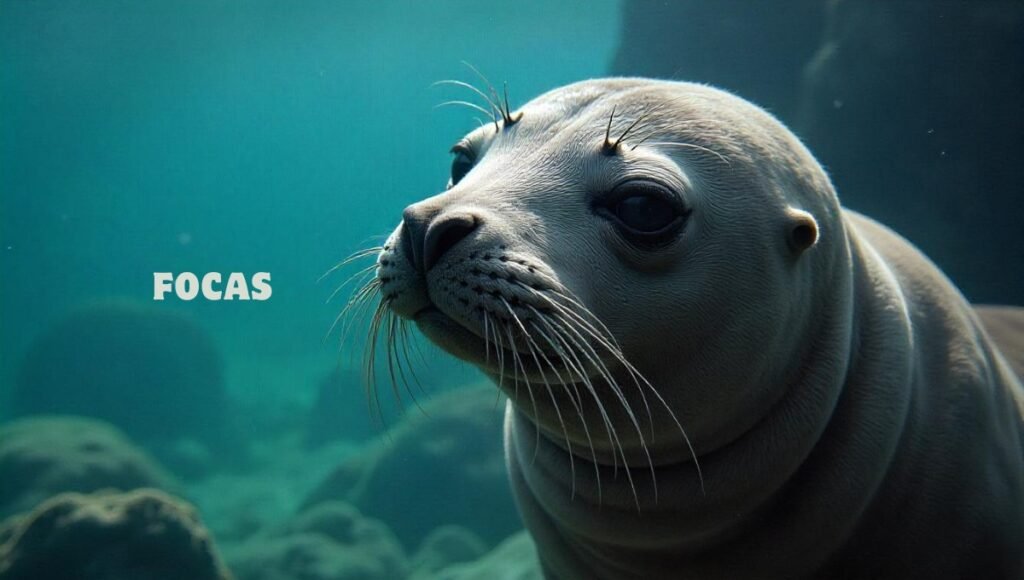You may not have heard much about them lately, but focas (seals) are going through some tough times. These marine mammals, beloved for their playful antics and sleek swimming, are seeing their populations plummet worldwide. With climate change, pollution, overfishing, and habitat destruction on the rise, many species of focas are struggling to survive. And unless things change, we could soon be living in a world where our oceans are missing these fascinating creatures.
In this blog post, we’ll dive into why focas are facing such a dramatic decline, what it means for the environment, and what can be done to protect these wonderful animals. By the end, you’ll have a better understanding of the challenges marine face and how every little bit we do can make a big difference in preserving them for future generations.
Table of Contents
Why Are Focas Declining?
There’s no single reason why focas are in trouble. A mix of different factors is causing their populations to drop, but some of the main culprits are:
- Climate Change: Rising temperatures and melting ice caps are having a devastating effect on the natural habitats of seals, especially species that rely on sea ice for breeding and resting.
- Pollution: Plastic waste, chemicals, and oil spills are polluting the oceans. These pollutants are not only harming marine directly but also damaging the fish populations they rely on for food.
- Overfishing: Humans are taking more fish from the sea than ever before, leaving less food for seals to eat. With their food sources depleted, many focas are left starving.
- Habitat Destruction: Coastal developments and human activities are destroying the shorelines and sea ice that seals need to rest and breed.
These threats combined are pushing many species of focas closer to extinction.
How Does This Affect the Environment?
The decline of focas has serious ripple effects on marine ecosystems. Seals play an essential role in keeping the balance of the ocean food chain. As predators, they help control fish populations, which in turn keeps other species healthy and ensures a stable environment. Without marine to maintain this balance, fish populations can explode, leading to overgrazing of smaller organisms like plankton, which are crucial to the survival of many marine species.
Additionally, focas contribute to the health of ocean ecosystems by moving nutrients from their prey, which can benefit other animals and plants. Their decline could lead to weaker, less resilient ecosystems.
What Can Be Done to Help Focas?
The good news is that it’s not too late to take action. If we make the right changes now, we can help reverse the decline of foca populations and ensure their survival for generations to come. Here are some steps that can make a difference:
1. Protect Marine Habitats
We need to set up more marine protected areas (MPAs) to ensure seals have safe places to live, breed, and hunt. These MPAs limit human activity like fishing and development, giving focas the space they need to thrive.
2. Combat Climate Change
Reducing our carbon footprint is crucial in fighting climate change. Every little bit counts—whether it’s using less energy, driving less, or supporting clean energy initiatives. Reducing greenhouse gas emissions will help stabilize the ice caps and preserve the natural habitats that seals depend on.
3. Reduce Plastic and Ocean Pollution
Cutting down on single-use plastics and properly disposing of waste can help reduce the amount of trash entering our oceans. Participating in beach cleanups or supporting companies and policies focused on reducing ocean pollution can have a positive impact.
4. Support Sustainable Fishing
Overfishing is one of the biggest threats to marine life, including focas. Supporting sustainable fishing practices, buying from sustainable seafood sources, and encouraging responsible fishing methods can help ensure that the oceans have enough fish for both humans and seals.
The Emotional Connection: Why Focas Matter
At this point, you might be asking, “Why should I care?” The truth is, focas aren’t just cute, playful animals that look great on a nature documentary. They’re a crucial part of the ocean’s ecosystem and contribute to the overall health of the planet. Plus, they’ve been around for millions of years, long before humans were on the scene.
Beyond their ecological importance, focas also hold a special place in the hearts of many. Their endearing, wide-eyed faces and social behavior make them beloved animals across the world. Losing them would not only harm the environment but also leave a cultural and emotional gap for generations.
Final Thoughts: Time to Act
Focas are facing a grim reality, but the situation isn’t hopeless. With awareness and action, we can help turn things around. Whether it’s reducing our plastic use, supporting sustainable seafood, or taking steps to address climate change, every small action can make a big difference for the future of focas.
These wonderful animals have been a part of our oceans for ages, and it’s up to us to make sure they stay around for ages to come. So let’s do our part and help save the focas before it’s too late. After all, we’re all connected—what happens in the ocean affects us on land, too. Saving focas means saving our planet. Let’s dive in and make a change!


